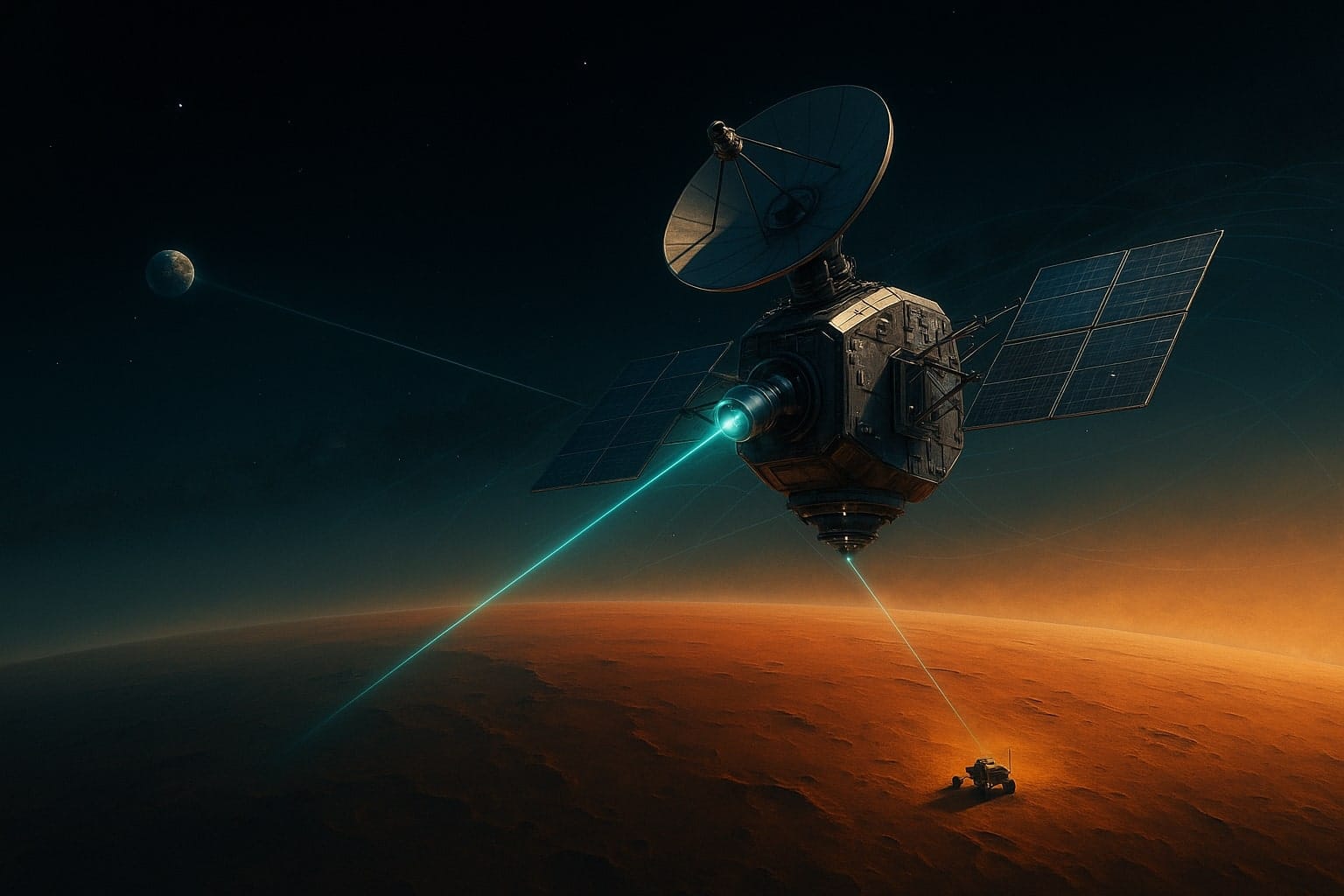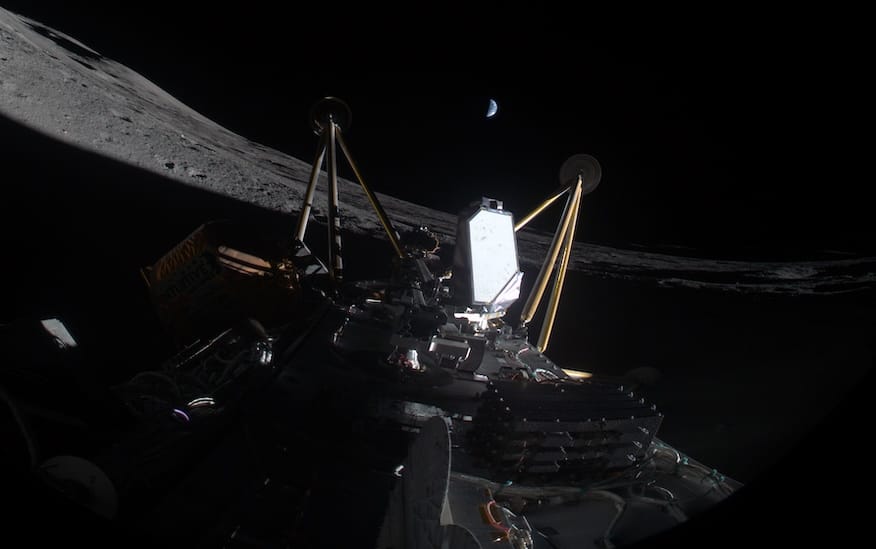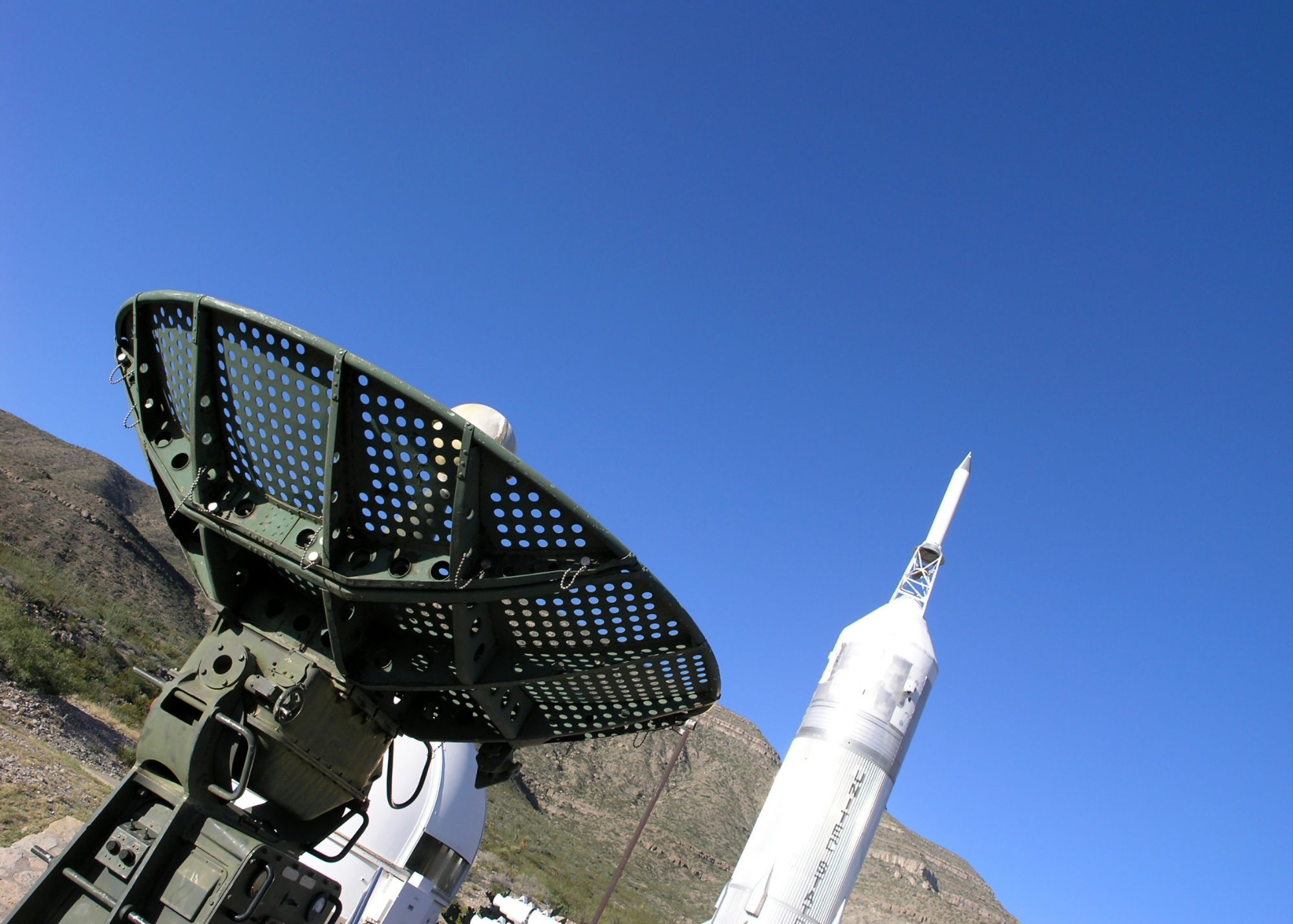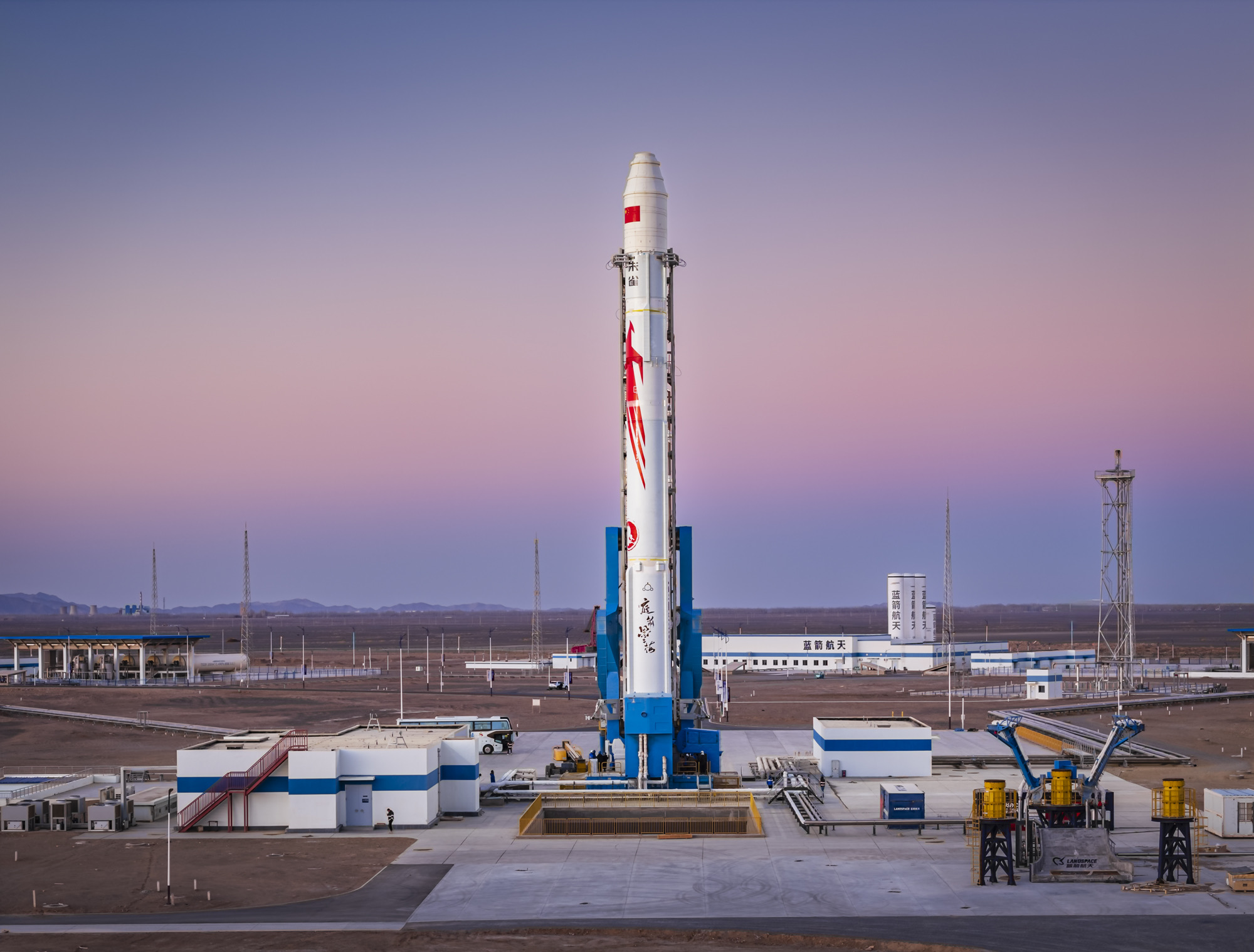In the rapidly evolving aerospace industry, innovative approaches to satellite deployment are challenging traditional rocket launches. One such pioneer is Longshot Space, an Oakland-based startup developing a ground-based, gas-powered projectile launcher. This technology aims to revolutionize satellite deployment by offering a more cost-effective and efficient alternative to conventional methods.
Table of Contents
ToggleBackground of Longshot Space
Founded in Oakland, California, Longshot Space is committed to transforming space access through its unique launch system. The company has garnered support from prominent investors, including Draper Associates, Hydrazine Capital, Myelin VC, Sam Altman, SpaceFund, and Starship Ventures. These partnerships underscore confidence in Longshot’s mission to extend humanity’s reach to the stars.
The Innovative Launch System
Longshot Space’s approach centers on a 60-foot gas-powered gun designed to accelerate payloads to hypersonic speeds. The company plans to construct a 500-meter-long launcher in the Nevada desert, capable of propelling payloads at speeds up to Mach 25. This system utilizes compressed gas to achieve the necessary acceleration, presenting a potential alternative to traditional rocket launches.
The advantages of this system include significant cost reductions and increased launch frequency. By eliminating the need for large quantities of rocket fuel and complex propulsion systems, Longshot aims to offer a more sustainable and economical solution for satellite deployment. This approach could democratize access to space, enabling a broader range of industries and organizations to deploy satellites for various applications.
Funding and Partnerships
Longshot Space has made notable strides in securing financial support and strategic partnerships. The company has raised a total of $6.7 million, with contributions from investors such as Draper Associates, Hydrazine Capital, Myelin VC, Sam Altman, SpaceFund, and Starship Ventures.
In addition to private investments, Longshot has been awarded $3 million across four contracts from the U.S. Air Force, focusing on hypersonic testing. These collaborations not only provide financial backing but also facilitate technological advancements and validation of Longshot’s innovative launch system.
Testing and Development Phases
Longshot Space has embarked on an ambitious testing and development program to validate and refine its projectile-based satellite launch system. In their Oakland, California facility, the team has constructed a 60-foot gas-powered gun capable of accelerating objects to speeds up to Mach 4.6, or approximately 3,500 miles per hour. This prototype serves as a proof of concept, demonstrating the feasibility of using compressed gas to achieve hypersonic velocities.
Recognizing the need for larger-scale testing, Longshot plans to expand operations to the Nevada desert, specifically near the Tonopah airport. The company intends to build a 500-meter-long launcher designed to propel 100-kilogram payloads to speeds exceeding Mach 5. This facility will not only facilitate the testing of satellite launch capabilities but also serve as a platform for hypersonic technology testing, addressing a critical need for affordable and accessible hypersonic test infrastructure.
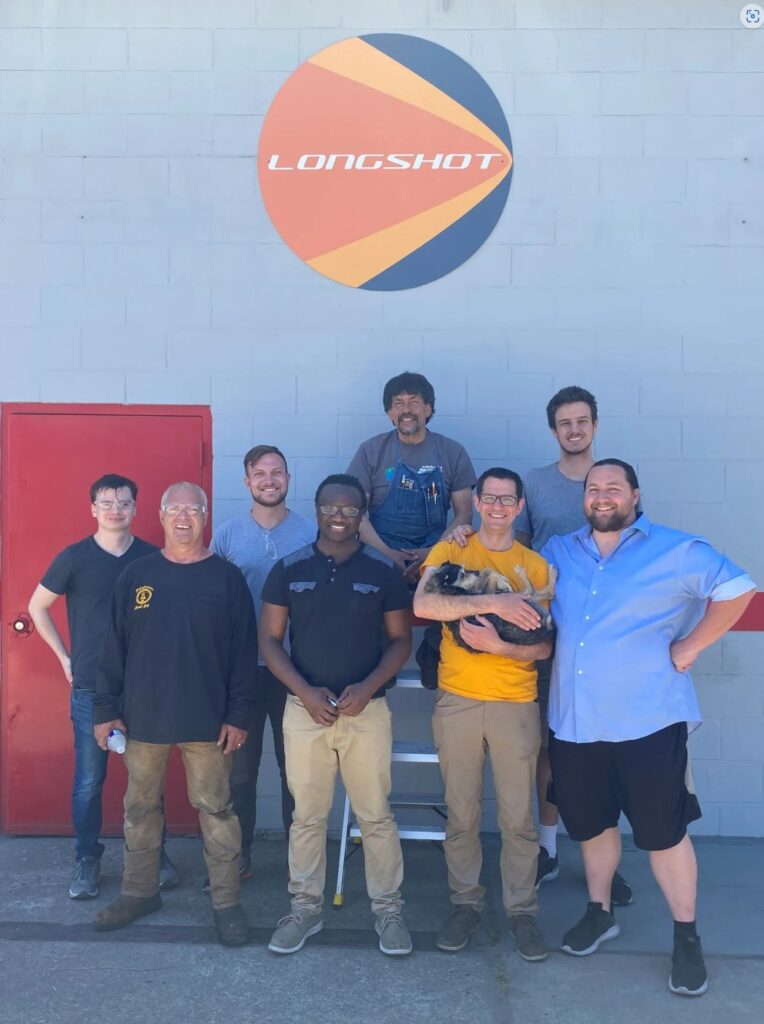
Market Implications and Industry Impact
Longshot Space’s innovative approach has the potential to significantly disrupt the satellite launch industry. By offering a cost-effective alternative to traditional rocket launches, the company aims to reduce the cost of sending payloads into orbit, potentially achieving launch costs as low as $10 per kilogram.
This reduction in launch costs could democratize access to space, enabling a wider range of industries and organizations to deploy satellites for applications such as telecommunications, Earth observation, and scientific research. Moreover, the ability to conduct frequent and affordable hypersonic tests could accelerate the development of advanced aerospace technologies, benefiting both commercial and defense sectors.
Challenges and Considerations
Despite its promising potential, Longshot Space faces several challenges in bringing its technology to market.
- Technical Hurdles: Achieving the necessary velocities for orbital insertion requires precise engineering to manage extreme pressures and temperatures within the launcher. Ensuring the structural integrity of the projectile and launcher during acceleration is paramount.
- Regulatory and Environmental Factors: Operating a large-scale projectile launcher involves navigating complex regulatory landscapes, including securing approvals from aviation and environmental authorities. Additionally, considerations regarding noise pollution and safety for nearby communities are critical, especially during high-velocity tests.
- Market Competition: The aerospace industry is highly competitive, with established players like SpaceX dominating the market. Longshot must not only prove the viability and reliability of its technology but also convince potential customers of its advantages over traditional rocket-based systems.
Conclusion
Longshot Space stands at the forefront of a potential paradigm shift in satellite launch technology. By leveraging innovative projectile-based systems, the company aims to offer a more affordable and efficient means of accessing space. While significant challenges remain, the successful development and deployment of this technology could redefine the economics of space exploration and utilization, opening new frontiers for industries and researchers alike.
As Longshot progresses through its testing and development phases, its impact on the aerospace sector will be closely watched, potentially heralding a new era of cost-effective and rapid access to space.

